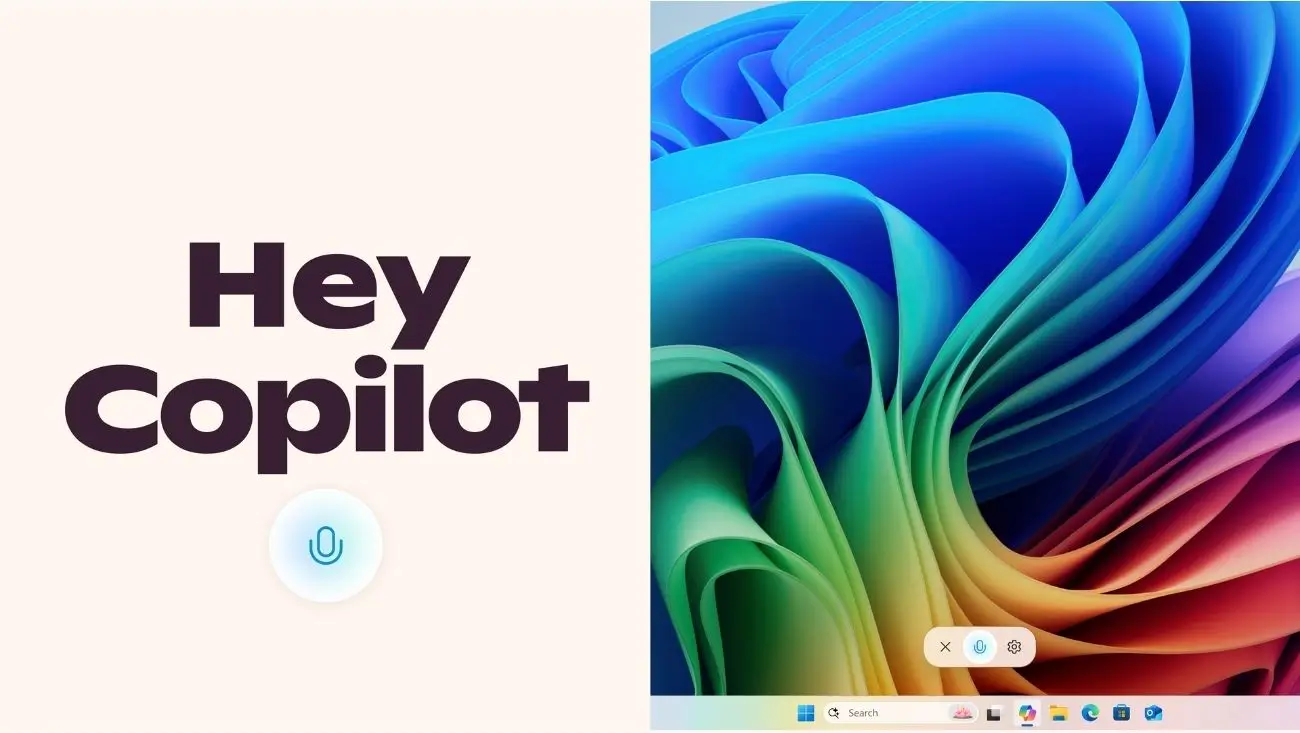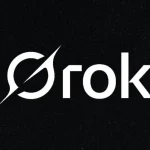Microsoft is introducing a “Hey, Copilot!” voice activation feature for its AI assistant in Windows 11, currently rolling out to Windows Insiders. This development allows users to summon Copilot hands-free, marking a significant step in integrating AI more deeply into the operating system and echoing the voice-activated convenience once offered by Cortana.
In a move to enhance user interaction with its artificial intelligence capabilities, Microsoft has begun testing a hands-free wake word, “Hey, Copilot!,” for its Copilot assistant on Windows 11. This feature, initially available to members of the Windows Insider program, enables users to activate the AI tool simply by speaking the command. It’s a development that brings a new level of convenience to accessing AI on a PC, reminiscent of “Hey, Cortana” and similar to how users interact with voice assistants on other platforms.
The “Hey, Copilot!” functionality is being distributed through an update to the Copilot application via the Microsoft Store (version 1.25051.10.0 and higher). For now, it is available to Windows Insiders across all channels whose systems are set to English. Microsoft describes this as an opt-in feature, meaning users will need to enable it in Copilot’s settings. Once activated and when the PC is unlocked, saying “Hey, Copilot!” will prompt the Copilot microphone to appear, often within a “Floating UI” at the bottom of the screen, usually accompanied by a chime or voice greeting to confirm it’s listening.
Microsoft has also addressed privacy considerations, stating that the wake word detection primarily occurs on the device. A 10-second rolling audio buffer in memory is used to identify the “Hey, Copilot!” phrase; this audio is reportedly not recorded locally or transmitted to the cloud until the wake word is confirmed. Only then does Copilot begin sending audio data for cloud processing to understand and respond to the user’s query. While wake word detection can operate offline, an internet connection is necessary for Copilot to provide full voice responses and execute cloud-dependent tasks. It’s worth noting that this feature does not currently wake the PC from a sleep or hibernation state. Users interested in AI-driven productivity might also find value in understanding how ChatGPT is adding task automation features.
This new voice activation is seen by many as a natural evolution from Cortana, Microsoft’s earlier virtual assistant, which has been largely phased out. While Cortana introduced voice commands to Windows, Copilot, powered by more advanced AI and large language models, aims to offer a more sophisticated and versatile interaction. The integration of AI into daily computing is a growing trend, with companies like Apple also reportedly pausing its AI news service as they refine their strategies.
The Copilot application itself has recently been updated to function more like a native Windows application, improving its integration and performance. For users who prefer keyboard commands, Copilot Voice can also be launched by holding Alt + Space.
The introduction of “Hey, Copilot!” is more than just a new activation method; it reflects Microsoft’s broader strategy of embedding AI deeply within the Windows experience to create a more intelligent and interactive operating system. As AI technologies continue to mature, voice is becoming an increasingly intuitive interface. The potential for more natural, conversational interactions with PCs could significantly change how users manage tasks, seek information, and utilize their devices. The landscape of AI is rapidly evolving, touching even areas like how AI can predict cancer survival from a selfie.
Microsoft has outlined that “Hey, Copilot!” is off by default. To enable it, Windows Insiders can:
- Ensure their Windows 11 system is updated.
- Update the Microsoft Copilot app from the Microsoft Store to the required version.
- Open Copilot, navigate to Settings (often via the user avatar).
- Under the “Voice mode” section, toggle on “Listen for ‘Hey, Copilot’ to start a conversation.”
As this feature is refined based on Insider feedback and eventually rolls out to the broader public, its impact on user productivity and the overall Windows experience will become clearer. Tech companies are constantly pushing AI boundaries; for instance, Google is also testing an AI mode on its search homepage. Similarly, the drive for smarter assistants is evident in Google Gemini’s integration with iOS widgets. For those tracking AI’s broader implications, even the way artists are urging for AI copyright protection shows its pervasive impact.
The progression from “Hey, Cortana” to “Hey, Copilot!” highlights the accelerating pace of AI development in personal computing, promising a future where interactions with our devices are increasingly seamless and intelligent.
TechnoCodex.com will continue to provide updates on Windows, AI developments, and other key technology news.







